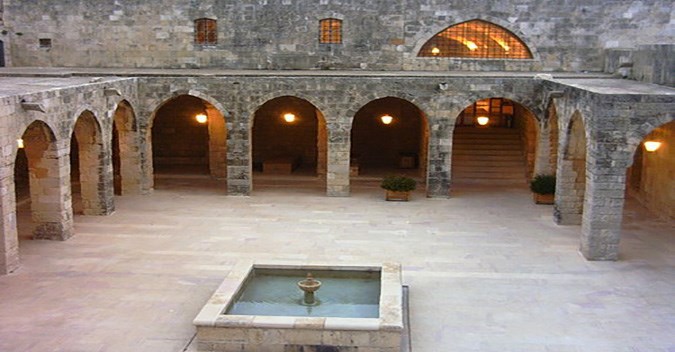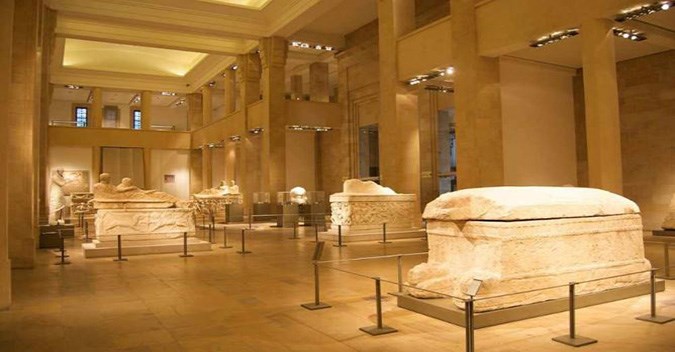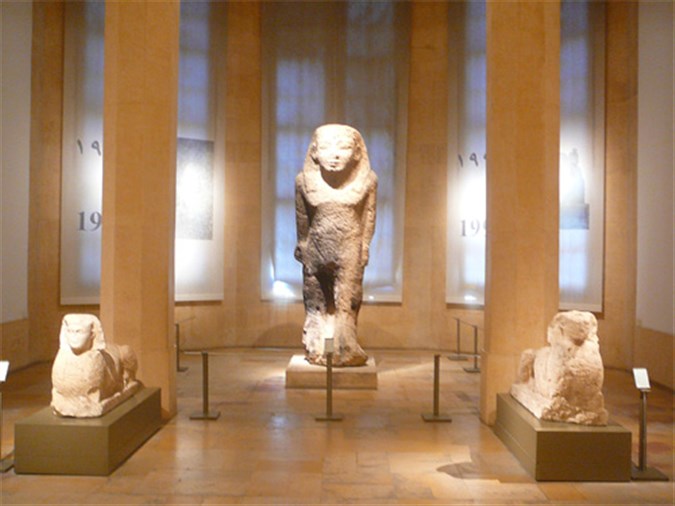-
-
LATEST NEWS CLICK HERE


Beirut, Beiteddin & Deir El Kamar
From 01 April till 31 October 2025Highlights- Bus tour of Beirut's most famous landmarks, like Raouche, Zaytouna Bay and Dowtown. It is the perfect way to check the city and get to know it easily.
- Visit of National museum of Beirut, which is the main archeological museum in Lebanon.
- Visit the magnificent Beiteddine palace, built at the beginning of the 19th century by Emir Bechir II, who reigned over Lebanon for more than 50 years.
- Discover Deir el Kamar, a typical Lebanese village with its historical center, souk(market), museum, mosque & churches.
- No visit of any museum included in Deir El Kamar.
- Mon
- Tue
- Wed
- Thu
- Fri
- Sat
- Sun
- STARTING PRICE $60
- Info Private day trip from Beirut to 2 of the most Historical cities in Lebanon: Beiteddin & Deir El Kamar. Excluding entrances, guidance and lunch.
-
Languages





-
Includes
Transportation, Professional guide (English, French, Turkish, Spanish & Italian).
-
Beirut, Beiteddine Palace & Deir El Kamar
-
Beirut
It was built on a rocky promontory, a site also occupied by prehistoric man. In ancient times it was overshadowed by powerful neighbors, but when the city- states of Sidon began to decline in the first millennium B.C, Beirut acquired more influence. During Roman times, Beirut became a roman colony (15 B.C), and an important port and cultural centre. During the roman and Byzantine eras it was distinguished for its law school, whom professors helped draft the famous Justinian code. Beirut was destroyed by a devastating earthquake in 551 A.D. A century later, it was conquered by the Muslim Arabs and in 1109 it fell to the crusaders. The city remained in crusader hands until 1291, when it was taken by the Mamluks. In 1516 the 400- year ottoman rule began. Later, in the 17th century, Beirut knew a period of great prosperity under the government of emir Fakhreddine II. Then with the break –up of the Ottoman Empire at the end of the World War I, the city became the capital of modern Lebanon. Beirut, with nearly a million inhabitants, remains the cultural and commercial centre of the country.
Some of its main landmarks are: the martyrs’ statue, the Souks (markets) and the parliament building, which are part of the design covering 1.8 million square meters. In extensive archeological investigations, historical periods ranging from Canaanite (3,000- 1200 B.C) to ottoman (1516-1918 A.D), have been revealed.
Beiteddine Palace
Forty-three kilometer from Beirut stands this magnificent palace built at the beginning of the 19th century by Emir Bechir II, who reigned over Lebanon for more than 50 years. With its arcades, galleries and rooms decorated by artists from Lebanon, Damascus and Italy, this building is a model of eastern architecture. Today the palace houses a museum of feudal weapons, costumes and jewelry as well as an archeological museum and a museum of Byzantine mosaics.
Deir El Kamar
It was the capital of Mount Lebanon, located 35 km away from Beirut, now it is a typical Lebanese village with its historical center, souk (market), museum, mosque & churches.
-
Rate per person
-
Rate Per Person:
- If 2 pax: $ 153 per person by Sedan car – Hyundai Sonata
- If 2 pax: $ 178 per person by Limousine car- Hyundai Centennial
- If 3 pax: $ 119 per person
- If 4 pax: $ 90 per person
- If 5 pax: $ 71 per person
- If 6 pax: $ 60 per person
Rate includes Vehicle, Professional guide (Arabic, English, French)
Rate Per Person:- If 2 pax: $ 163 per person by Sedan car – Hyundai Sonata
- If 2 pax: $ 188 per person by Limousine car- Hyundai Centennial
- If 3 pax: $ 125 per person
- If 5 pax: $ 75 per person
- If 6 pax: $ 63 per person
Rate includes Vehicle, Professional guide (Turkish, Spanish, Italian)
CloseSend A RequestBook Your Tour




